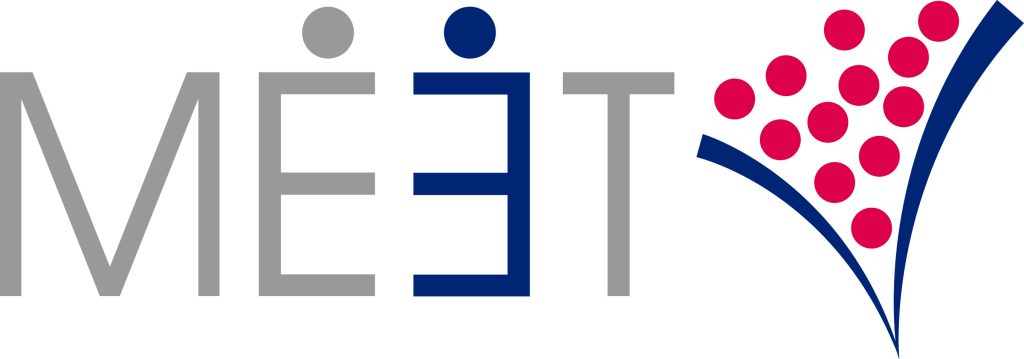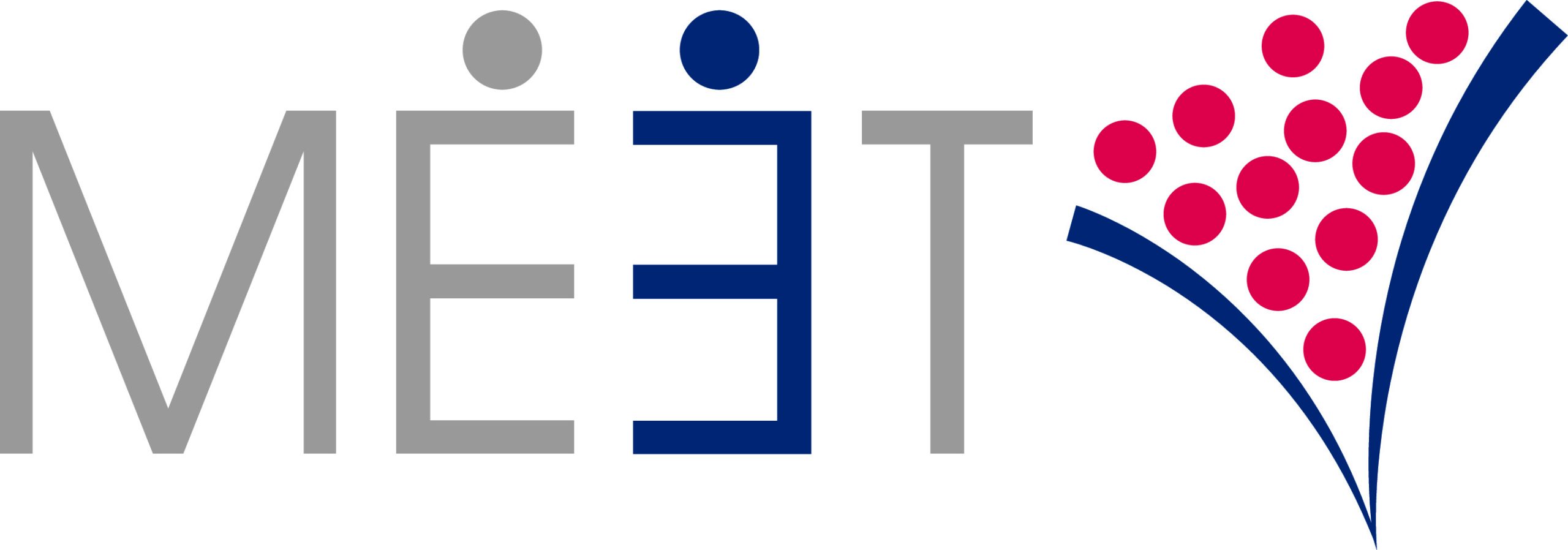Key Success Drivers for U.S. Sales Traction
Expanding into the U.S. market is a significant undertaking that demands careful planning, strategic focus, and a willingness to learn and adapt. This process is far from simple, but with the right approach, it can be extremely rewarding for a business. For companies looking to tap into one of the largest and most competitive markets in the world, it’s important to not only understand the key drivers of success but also to develop strategies that are tailored to the unique dynamics of the U.S. landscape. A successful market entry requires embracing a few core principles: understanding customer density, leveraging founder-driven sales, and adopting agile marketing communications. These concepts, though straightforward, provide essential guidance for any business aiming to establish itself in the U.S. Customer Density and Its Importance Customer density is crucial to building momentum in a new market. In the U.S., regions vary greatly in terms of population concentration, purchasing power, and consumer behavior. Focusing on areas with high customer density allows businesses to establish a stronger foothold quickly and to optimize their resources. For example, instead of spreading thinly across the entire country, companies can concentrate efforts on key metropolitan areas where their target audience is highly concentrated. New York, Los Angeles, Chicago, and other major cities present opportunities to capture substantial market share in a relatively small geographic area. By understanding customer density and focusing on specific regions, businesses can benefit from a more efficient use of resources. They can refine their operations, sales strategies, and customer support in areas that will provide the greatest return on investment. Additionally, establishing a strong presence in a concentrated market makes it easier to build brand awareness and customer loyalty, two essential elements for long-term success. The Power of Founder-Driven Sales In the early stages of market entry, founder-driven sales play an instrumental role. This approach involves the company’s founders or top executives actively engaging in the sales process. Why? Because no one understands the company’s vision, value proposition, and potential better than the founders themselves. This hands-on approach also fosters trust and credibility with new customers and partners, which can be particularly important in a new market where brand recognition may be limited. Founder-driven sales also allow the leadership team to gather firsthand insights into customer preferences, feedback, and the competitive landscape. This direct connection with the market enables the company to make informed decisions about product adaptations, pricing strategies, and customer needs. Furthermore, this involvement allows the leadership team to build relationships with key stakeholders, which can create opportunities for strategic partnerships and long-term growth. Agile Marketing Communications Marketing communications need to be agile and responsive to the dynamics of the U.S. market. Consumer preferences and media landscapes can shift rapidly, and businesses need to be prepared to adapt their messaging and campaigns accordingly. By adopting an agile approach to marketing, companies can test different strategies, measure their effectiveness, and quickly pivot when necessary. Agile marketing communications also foster experimentation, which is vital in a competitive market like the U.S. By testing various channels, formats, and messages, businesses can discover what resonates most with their target audience. For instance, social media platforms, digital advertising, and content marketing may provide cost-effective ways to reach a broad audience, while traditional methods like print advertising and events might offer value in certain industries. The ability to adjust and refine marketing efforts in real-time is essential for sustained success. Building a Strong Foundation for Success The principles of customer density, founder-driven sales, and agile marketing communications provide a roadmap for navigating the complexities of market entry and scaling your business. By embracing these lessons, your company can create a strong foundation for success in the U.S. market. These principles offer a framework for building a sustainable presence, ensuring that your company can adapt, grow, and thrive in the face of challenges and opportunities. Entering the U.S. market is not just about launching products and services. It is a journey that demands dedication, resilience, and strategic insight. The competition is fierce, and consumer expectations are high, but with the right approach, your company can achieve lasting success and establish a meaningful presence in the marketplace. The lessons learned from past experiences serve as a guide for future endeavors. By carefully analyzing customer behavior, focusing on the strengths of the leadership team, and maintaining flexibility in marketing communications, your business can navigate the complexities of market entry with confidence. The U.S. market offers tremendous opportunities for growth, but success requires a comprehensive, well-executed plan. When done right, expanding into the U.S. can be a transformative step that propels your business to new heights. How to Get US Sales Traction Resources For more on this topic, we suggest reading The 3 Truths of Gaining U.S. Sales Traction About MEET helps international B2B & B2G companies gain traction and scale in the U.S. through trade shows, events, and strategic connections. Contact Bill Kenney for a no-obligation conversation: bill@meetroi.com or +1 (860) 573-4821.

